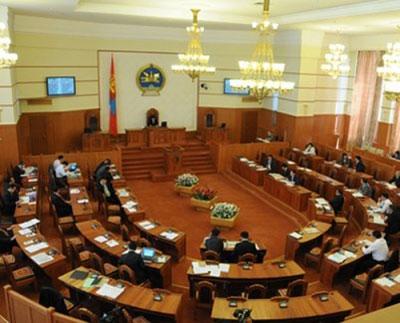Энэ 7 хоногт
Indo-Europeans may have reached eastern Asia 2,000 years ago
Washington, January 31 (ANI): A team of archaeologists has unearthed the skeleton of a western man in an ancient Mongolian tomb, which has yielded genetic evidence of Indo-Europeans reaching eastern Asia at least 2,000 years ago.

Washington, January 31 (ANI): A team of archaeologists has unearthed the skeleton of a western man in an ancient Mongolian tomb, which has yielded genetic evidence of Indo-Europeans reaching eastern Asia at least 2,000 years ago.
oneindiain121:http://news.oneindia.in/2010/01/31/indoeuropeans-may-have-reached-eastern-asia-2000-yearsago.htmlBuzz up!
According to a report in Science News, the skeleton lay in one of more than 200 tombs recently excavated at a 2,000-year-old cemetery in western Mongolia, near China's northern border.
DNA extracted from this man's bones pegs him as a descendant of Europeans or western Asians.
"Yet he still assumed a prominent position in ancient Mongolia's Xiongnu Empire," said geneticist Kyung-Yong Kim of Chung-Ang University in Seoul, South Korea, and his colleagues.
On the basis of previous excavations and descriptions in ancient Chinese texts, researchers suspect that the Xiongnu Empire - which ruled a vast territory in and around Mongolia from 209 B.C. to A.D. 93 - included ethnically and linguistically diverse nomadic tribes.
The Xiongnu Empire once ruled the major trading route known as the Asian Silk Road, opening it to both Western and Chinese influences.
"Researchers have yet to pin down the language spoken by Xiongnu rulers and political elites," said archaeologist David Anthony of Hartwick College in Oneonta, New York.
But the new genetic evidence shows that the 2,000-year-old man "was multi-ethnic, like the Xiongnu polity itself," Anthony remarked.
This long-dead individual possessed a set of genetic mutations on his Y chromosome, which is inherited from paternal ancestors, that commonly appears today among male speakers of Indo-European languages in eastern Europe, central Asia and northern India, according to Kim's team.
The same man displayed a pattern of mitochondrial DNA mutations, inherited from maternal ancestors, characteristic of speakers of modern Indo-European languages in central Asia.
"We don't know if this 60- to 70-year-old man reached Mongolia on his own or if his family had already lived there for many generations," said study coauthor Charles Brenner, a DNA analyst based in Oakland, California.
Two other skeletons from the Xiongnu cemetery in Duurlig Nars show genetic links to people who live in northeastern Asia, according to Kim's team.
The Duurlig Nars man's genetic signature supports the idea that Indo-European migrations to northeastern Asia started before 2,000 years ago.
According to geneticist Peter Underhill of Stanford University, "Further investigations of Y chromosome mutation frequencies in modern populations will allow for a more precise tracing of the Duurlig Nars man's geographic roots." (ANI) rv_key=""; publisher_code="48c8b46cabb97" ; btntype="model2";






Aditya